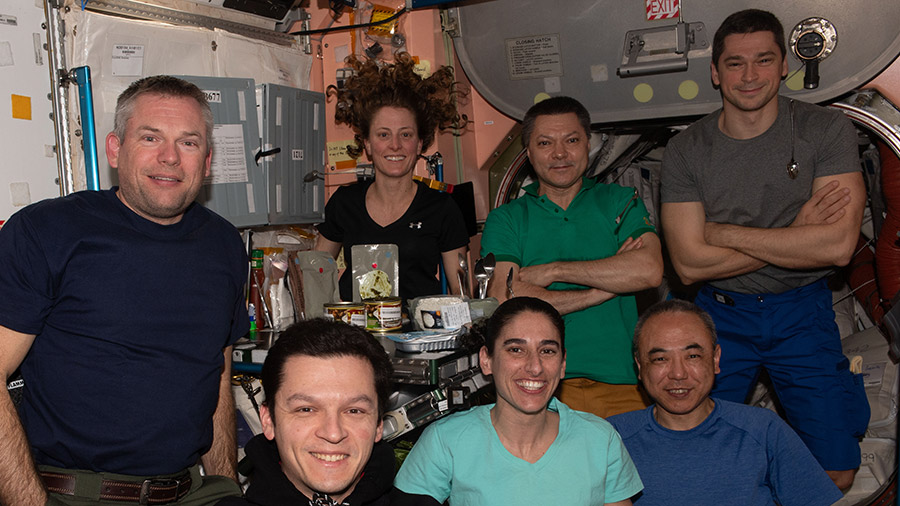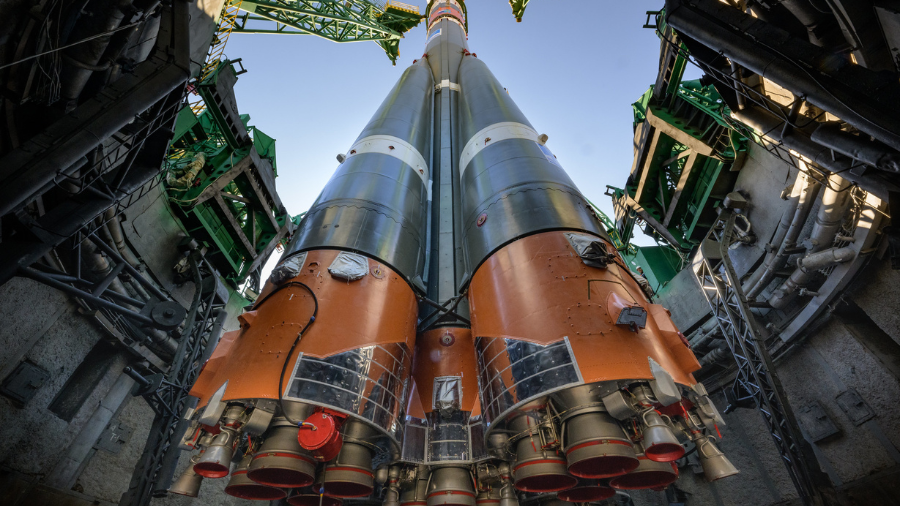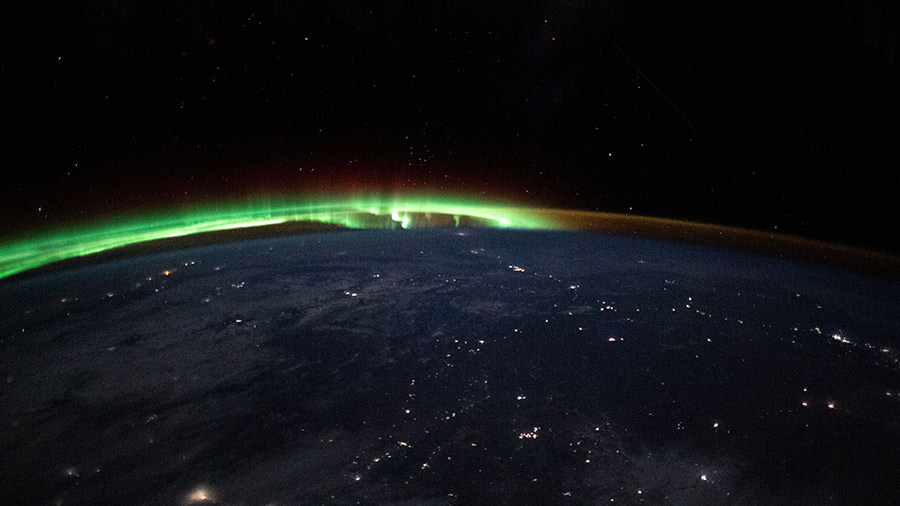
Eye checks and “anti-gravity” suits were the main human research topics for the Expedition 70 crew on Wednesday. The International Space Station residents also worked on standard maintenance tasks while getting ready for the next Commercial Crew swap.
Doctors are constantly monitoring astronauts’ health to ensure long-term mission success and ease their return to Earth’s gravity after months or years in space. Vision is a critical parameter as researchers explore space-caused pressure on the eyes due to fluids shifting toward the head. The same fluid shifts quickly reverse when an astronaut reenters Earth’s atmosphere causing blood pressure and stability issues. Doctors are studying methods to offset these symptoms and reduce the time it takes for crews to adapt to gravity.
NASA Flight Engineer Loral O’Hara had her optical nerve, retina, and cornea scanned on Wednesday using standard medical imaging hardware. JAXA (Japan Aerospace Exploration Agency) Flight Engineer Satoshi Furukawa led the eye exams operating the optical gear in the Harmony module with assistance from doctors and technicians on the ground.
Earlier in the day, O’Hara wore a sensor-packed vest and headband, the Bio-Monitor gear from the Canadian Space Agency, being evaluated for their ability to comfortably monitor an astronaut’s health data. Furukawa continued setting up biology hardware for upcoming research inside the Kibo laboratory module.
Two cosmonauts, Nikolai Chub and Konstantin Borisov, tried on the lower body negative pressure suit again in the middle of the week exploring its potential to decrease fluid pressure in the head triggered by weightlessness. Doctors theorize the downward fluid shifts may help maintain a crew member’s heart rate and blood pressure when returning to Earth.
Meanwhile, astronauts Jasmin Moghbeli from NASA and Andreas Mogensen from ESA (European Space Agency) joined forces and spent the day inside the Quest airlock replacing advanced air conditioning equipment. The duo swapped hoses, seals, and a heat exchanger on the Common Cabin Air Assembly, a life support device that circulates, cools, and dehumidifies the station’s air.
Moghbeli and Mogensen, Commander and Pilot of the SpaceX Crew-7 mission, also continued packing gear for their return to Earth inside the SpaceX Dragon “Endurance” spacecraft. The duo along with Furukawa and Borisov are scheduled to depart the station ending their mission about one week after the SpaceX Crew-8 mission arrives.
Crew-8, led by Commander Matthew Dominick with Pilot Michael Barratt and Mission Specialists Jeanette and Alexander Grebenkin, have been given the go to launch to the station at 12:04 a.m. EST on Friday aboard the SpaceX Dragon “Endeavour” spacecraft. The Commercial Crew quartet will take an automated ride aboard Dragon for a docking to Harmony’s forward port at 7 a.m. on Saturday.
NASA and SpaceX are also targeting no earlier than mid-March for launch of the company’s 30th commercial resupply services mission to the International Space Station. Liftoff of the SpaceX Falcon 9 rocket and Dragon cargo spacecraft is scheduled from Space Launch Complex 40 at Cape Canaveral Space Force Station in Florida.
During the NASA Administrator’s Briefing from Kennedy Space Center today, NASA’s International Space Station Program Manager Joel Montalbano discussed the upcoming crew and cargo missions.
Learn more about station activities by following the space station blog, @space_station and @ISS_Research on X, as well as the ISS Facebook and ISS Instagram accounts.
Get weekly video highlights at: https://roundupreads.jsc.nasa.gov/videoupdate/
Get the latest from NASA delivered every week. Subscribe here: www.nasa.gov/subscribe



